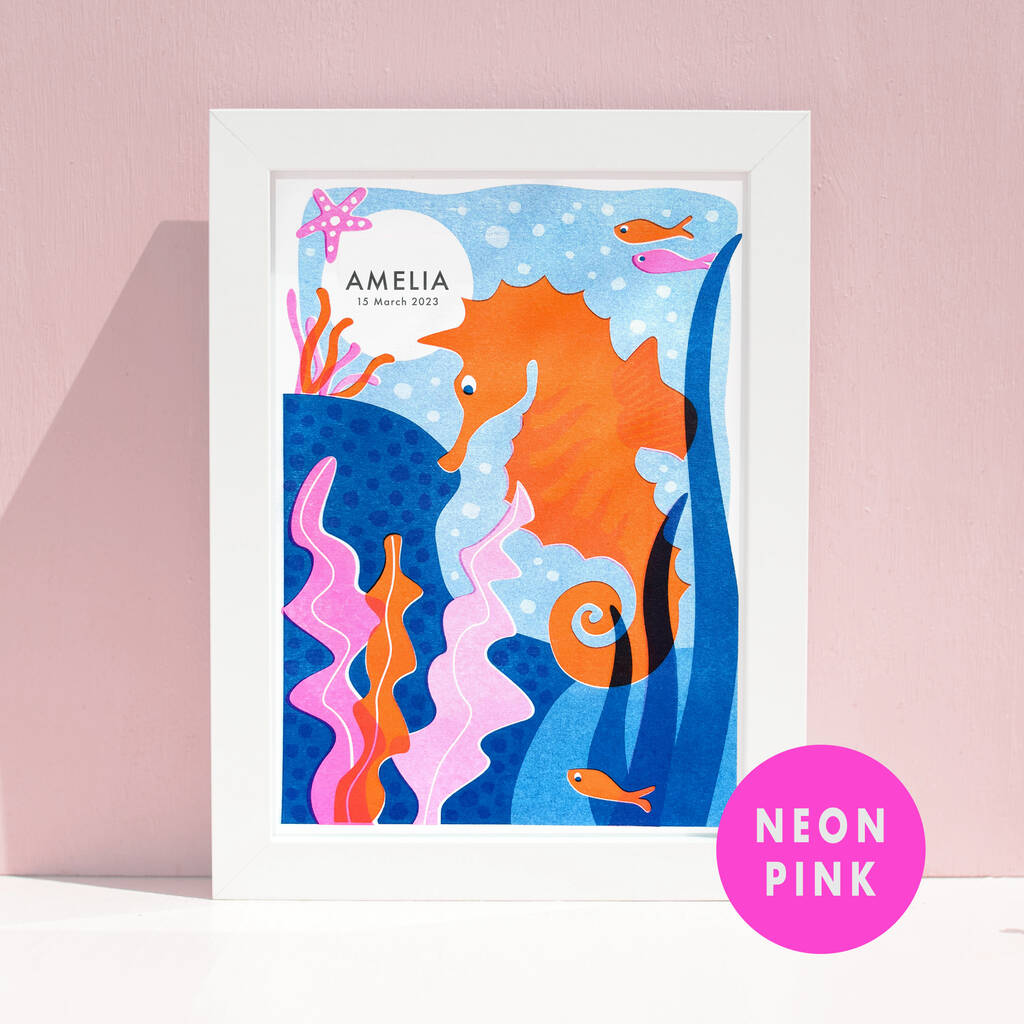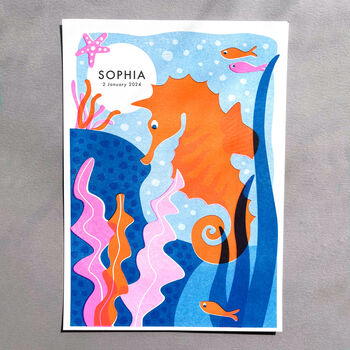Printed on 300gsm paper on a Risograph printer.
Printed with eco-friendly vibrant neon pink, orange and bright blue rice-based inks.
A risograph print is a type of printing technique that combines aspects of screen printing and photocopying. The machine was born in post-war Japan (in 1946), and is a popular method used by artists, designers, and small publishers to create unique and vibrant prints. The risograph machine uses rice-based ink, which is environmentally friendly. One of the unique characteristics of risograph prints is their vibrant colors and the ink has a slightly translucent quality, resulting in a layered and textured appearance, reminiscent of old-school photocopies or screen prints.
Risograph printing, often referred to as Riso printing, is a distinctive, eco-friendly and cost-effective printing technique that combines aspects of both digital and traditional screen printing. It involves the use of a specialised machine called a Risograph, which was originally developed in Japan in 1946 as a response to the expensive import on emulsion ink following the end of World War II . Risographs are known for its vivid colours (that other printers can’t produce), its specific textures and ‘perfect imperfections’ - each print is unique and may vary slightly from the image shown.


















